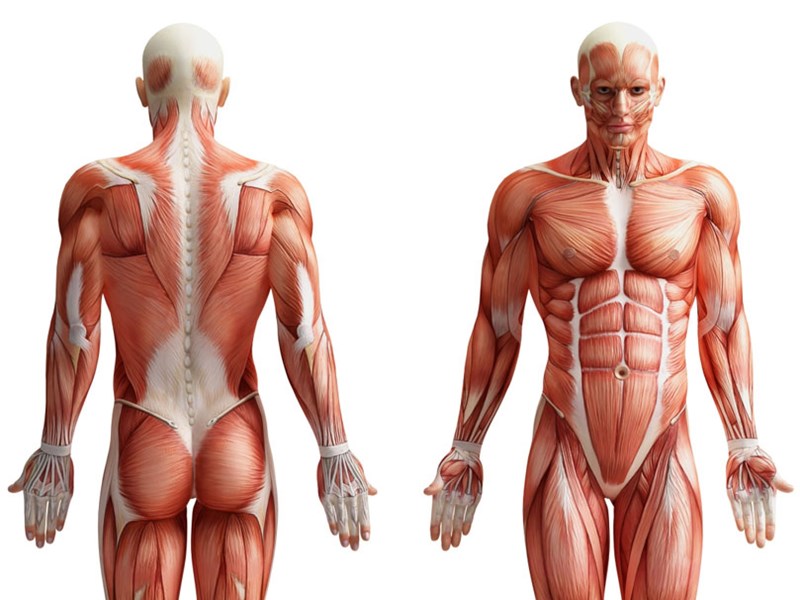
Anatomy
The Central Nervous System
The central nervous system consists of the brain and spinal cord
The Brain
The brain has 3 major areas:
· The Cerebrum
· The Brain Stem
· The Cerebellum
The Cerebrum
This is the largest portion of the brain and controls the following functions:
· Mental Activities – Memory, IQ, thinking, reasoning, learning.
· Sensory perception – pain, temperature, touch, sight, hearing, taste, smell.
· Initiation and control of skeletal (voluntary) muscle contraction.
The cerebrum also consists of the basal nuclei, thalamus and hypothalamus, each with the following functions:
· Basal nuclei – controls muscle tone, slow movements and fine co-ordination.
· Thalamus – Receives sensory information from the skin, vital organs, and sensory organs and transmits these to the brain.
· Hypothalamus – Controls the output of hormones from the pituitary gland and therefore controls sleep patterns, body temperature, appetite and water balance.
· The Limbic system is a series of nerve fibres that connect the hypothalamus to the cerebrum. It controls the experience and expression of emotions (anger, fear, pleasure, and sadness).
The Brain Stem
The brain stem connects the brain to the spinal cord. The brainstem is where nerves from the body cross over before reaching the brain. This means that the right side of the body is controlled by the left side of the brain and vice-versa.
The brain stem consists of:
· Midbrain
· Pons – Houses the Cranial nerves
· Medulla oblongata – Cross-over point for sensory and motor nerves
Cardiovascular control
Respiratory control
Vasodilation/vasoconstriction
Reflexes
· Reticular formation – Fine co-ordination of motor and autonomic responses.
Awareness
The Cerebellum
The cerebellum is responsible for the co-ordination of voluntary movement, posture and balance. The cerebellum stores memories of practiced movements (riding a bicycle, ballet dancing).
The Spinal Cord
The spinal cord is the nervous link between the brain and the rest of the body.
Spinal reflexes occur independent of the brain – e.g. when you touch a hot plate on the stove, a spinal reflex ensures that the hand is pulled away immediately.
Did you Know?
The brain receives 750ml of blood every minute!
Blood carries oxygen and glucose to the brain.
The blood-brain barrier is a series of tiny capillaries that control the movement of nutrients via the blood to the brain. It therefore protects the brain from potentially toxic substances.
Cerebrospinal Fluid (CSF)
Cerebrospinal fluid (CSF) surrounds the brain, fills the ventricles of the brain and surrounds the spinal cord.
CSF has the following functions:
· Protection of the brain and spinal cord
· Regulates the pressure in the brain
· Acts as a shock absorber
· Controls the movement of nutrients and wastes to and from the nerve cells
There is about 120ml of CSF around the brain. CSF is made up of water, mineral salts, glucose, plasma proteins, and small amounts of creatinine, urea, and leukocytes.
Neurotransmitters
Neurotransmitters are chemical messengers that carry messages or signals from the brain to the rest of the body. Different types of nerves make use of different neurotransmitters to convey nerve impulses.